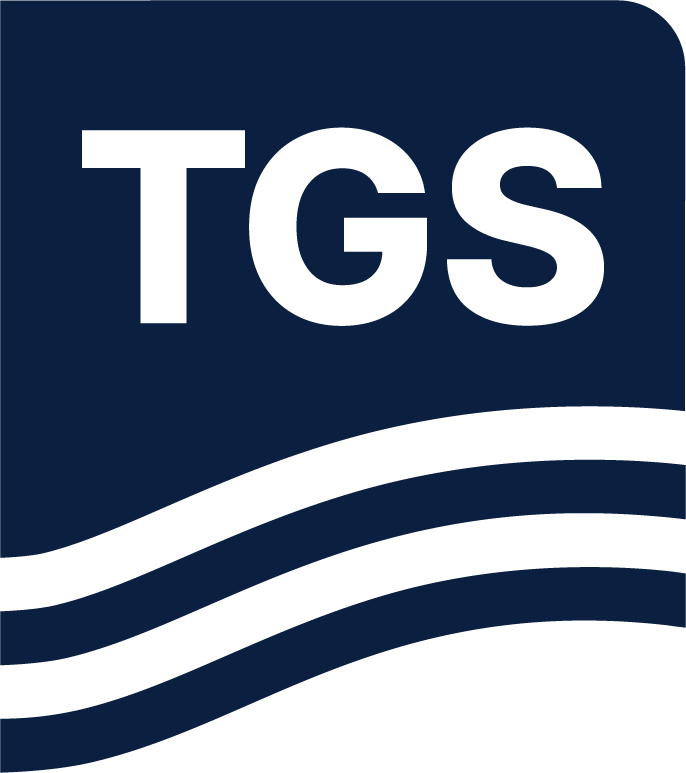Paper Summary
A 3D land seismic survey was processed using amplitude and azimuth-friendly workflow. The sequence includes multiple iterations of surface consistent amplitude balancing and surface consistent deconvolution, along with the attenuation of various types of noise in several domains at different processing stages. The resulting final PSTM gathers and stack volumes provide uplift compared to previous processing results. These improvements include broader bandwidths in the low and high end of the spectrum, enhanced structural feature imaging, and improved S/N. Furthermore, using 5D interpolation, data was regularized in offset and azimuth domains allowing surface-related multiple reflections to be identified and successfully removed. The azimuth-separated PSTM gathers preserve the azimuthal variations in the data. The azimuthal velocity variation analysis (VVAz) on the PSTM gathers successfully captured stress anisotropy caused by local and regional features. The anisotropy results corroborate drilling-induced tensile fractures and borehole breakouts on image logs.

